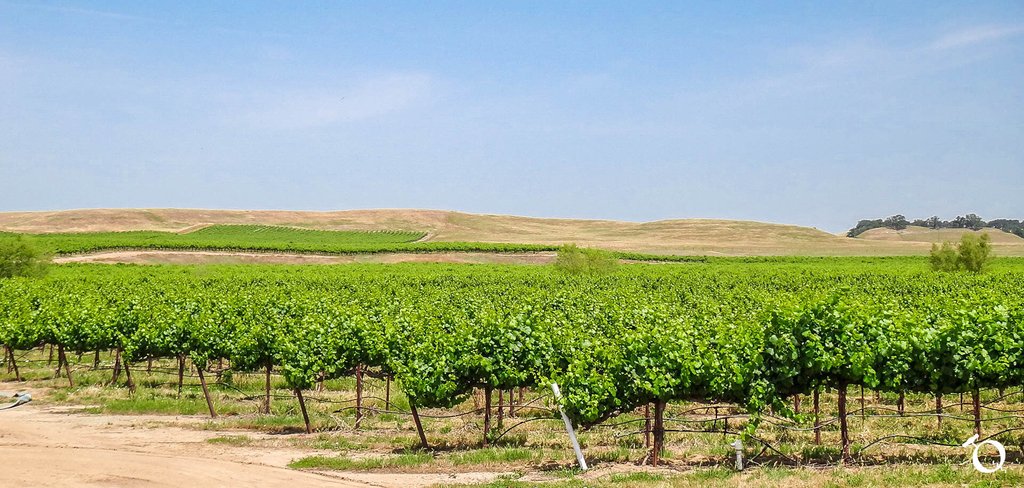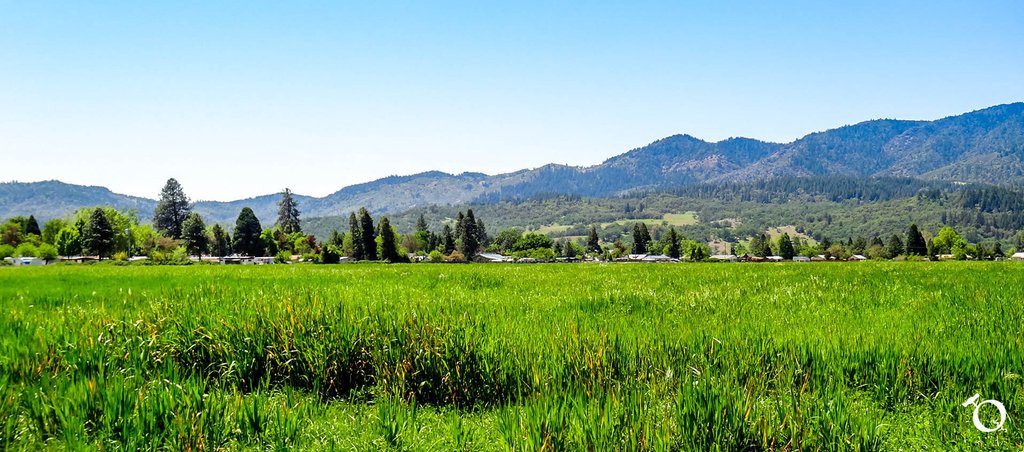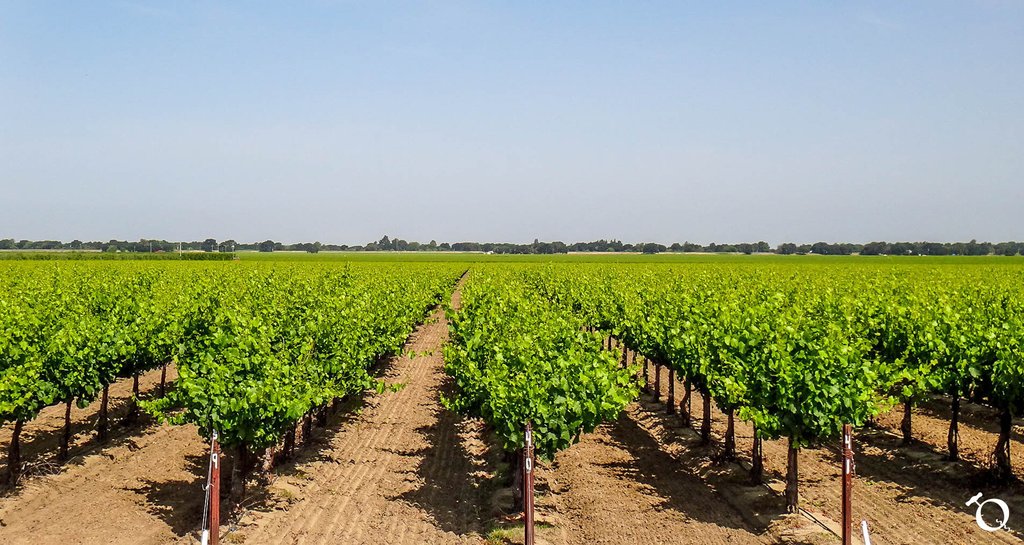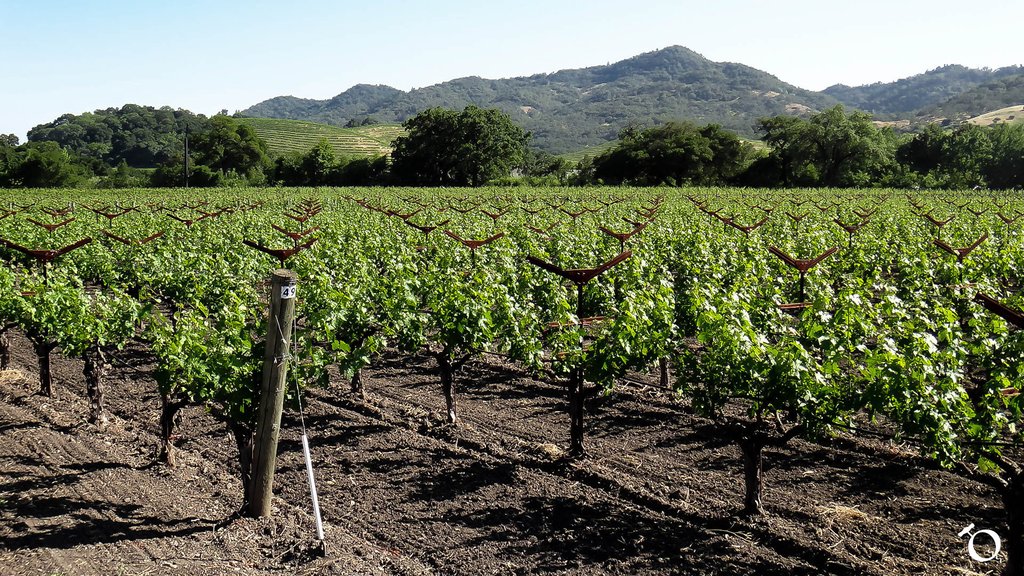Salado Creek received its designation as an AVA in 2004. Situated on 2,940 acres, the region is located in northern Stanislaus County, California, near the town of Patterson. The creek as well as many other geographic features in the area were named by Spanish explorer, Gabriel Moraga who explored the San Joaquin Valley from 1806-1811.
The wine region lies at the eastern base of the Diablo Mountains at the western edge of the valley. Salado Creeks flows from the mountains and crosses the California Aqueduct and the Delta-Mendota Canal eventually ending in the San Joaquin River. The viticultural area is part of the flat, flood plain from Salado Creek and its tributaries and is made of the heavier alluvium.
The soil in the region is an alluvial fan of clay and sandy loam which come from shale and sandstone parent materials. These Ensalado soils are well draining and deep which forces the vines to dig deep, strong roots in search of water. This process forces the vines to concentrate their efforts into the fruit, making a deep, robust flavor.
The region is protected from marine air by the Diablo Mountains and exist in a “thermal belt” at the edge of the larger San Joaquin Valley making this belt zone the only places where citrus grows in the San Joaquin Valley. The climate of Salado Creek has warmer cool season temperatures but consistent cooling breezes do flow from the north making its warm season cooler than the rest of the valley. Salado Creek is known for its production of Cabernet Sauvignon, Sauvignon Blanc, Syrah, and Viognier.





















